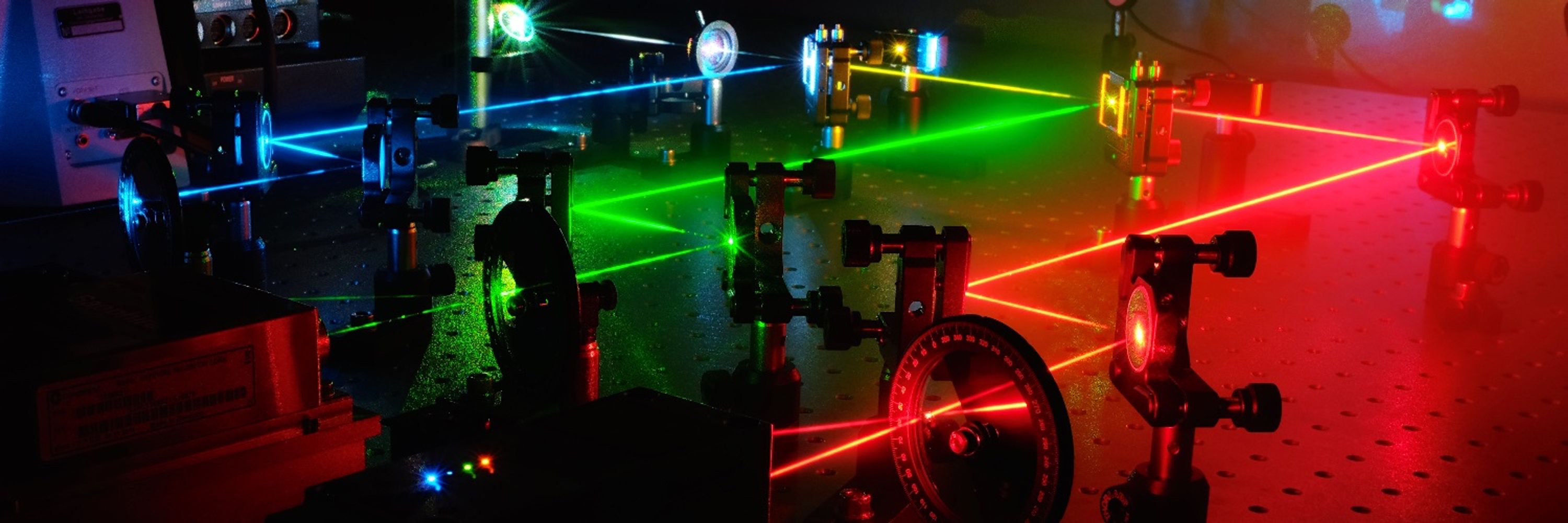
JungmannLab
@jungmannlab.bsky.social
Our group at LMU Munich and @mpibiochem.bsky.social uses DNA nanotechnology to develop next-generation super-resolution microscopy techniques. #DNAPAINT
Within this neuronal atlas we can reveal the three synapse classes, excitatory, inhibitory and the recently discovered mixed synapse. Organelle imaging of Peroxisomes (Pmp70) and the Golgi Apparatus (Golga5) reveals rare contact sides and even fused particles. (5/6)

October 2, 2025 at 11:37 AM
Within this neuronal atlas we can reveal the three synapse classes, excitatory, inhibitory and the recently discovered mixed synapse. Organelle imaging of Peroxisomes (Pmp70) and the Golgi Apparatus (Golga5) reveals rare contact sides and even fused particles. (5/6)
To show the power of the technique, we acquired a 13-plex 200 x 200 µm2 neuronal atlas in 3D. With this atlas we map the interaction architecture of three neurons, resolving organelles, cytoskeleton, vesicles and synapses at single-protein resolution. (4/6)

October 2, 2025 at 11:37 AM
To show the power of the technique, we acquired a 13-plex 200 x 200 µm2 neuronal atlas in 3D. With this atlas we map the interaction architecture of three neurons, resolving organelles, cytoskeleton, vesicles and synapses at single-protein resolution. (4/6)
We demonstrate speed-optimized left-handed DNA-PAINT by characterizing the sequence binding kinetics and resolving three main microscopy benchmarking targets, mitochondria, microtubules and nuclear pore complexes with <5 nm localization precision. (3/6)

October 2, 2025 at 11:37 AM
We demonstrate speed-optimized left-handed DNA-PAINT by characterizing the sequence binding kinetics and resolving three main microscopy benchmarking targets, mitochondria, microtubules and nuclear pore complexes with <5 nm localization precision. (3/6)
The mirrored design of left-handed oligonucleotides allows the extension of the common 6 speed-sequences R1-R6 with their analogs L1-L6, enabling 12 target multiplexing with a standard secondary label-free DNA-PAINT workflow. (2/6)

October 2, 2025 at 11:37 AM
The mirrored design of left-handed oligonucleotides allows the extension of the common 6 speed-sequences R1-R6 with their analogs L1-L6, enabling 12 target multiplexing with a standard secondary label-free DNA-PAINT workflow. (2/6)
The shift from Type II to Type I function reveals a structure–function continuum for anti-CD20 antibodies, showing that receptor arrangements dictate mechanism of action. RESI provides a platform for structure-guided antibody development, applicable far beyond CD20. (5/6)
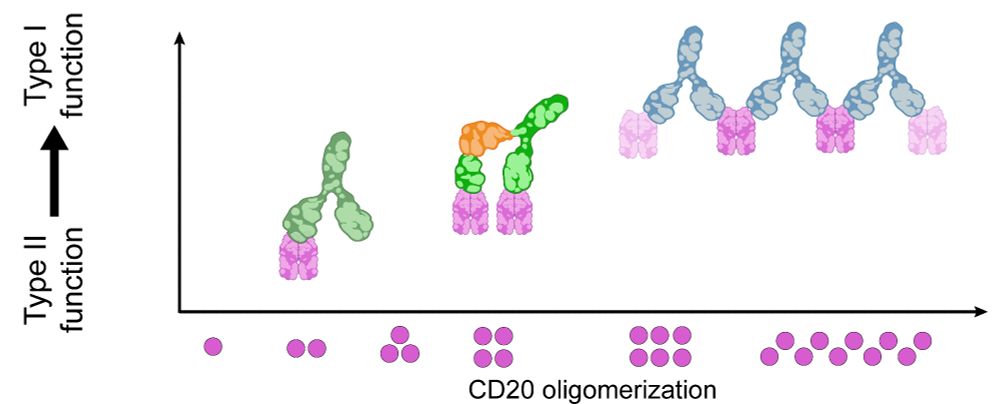
July 28, 2025 at 8:36 AM
The shift from Type II to Type I function reveals a structure–function continuum for anti-CD20 antibodies, showing that receptor arrangements dictate mechanism of action. RESI provides a platform for structure-guided antibody development, applicable far beyond CD20. (5/6)
We showed a direct link between CD20 oligomerization and function by investigating OBZ-based T-cell engagers (TCEs). An increased IgG flexibility in the 2+1 TCE format lead to increased CD20 tetramerization, without higher-order clustering, resulting in a reduction of direct cytotoxicity. (4/6)
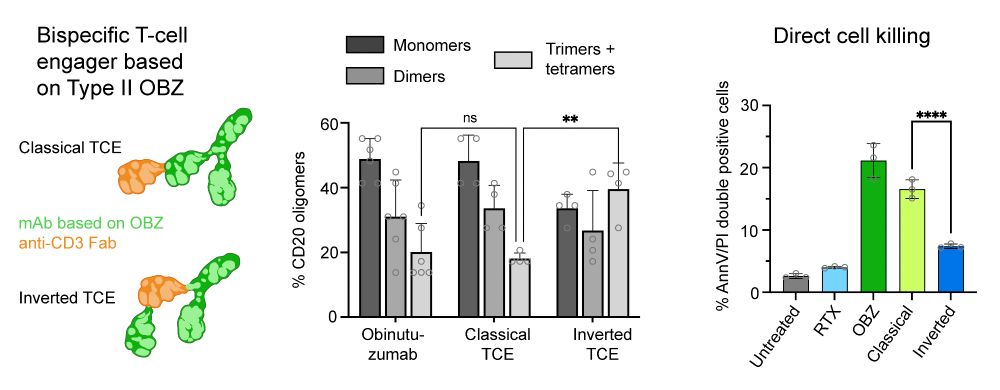
July 28, 2025 at 8:36 AM
We showed a direct link between CD20 oligomerization and function by investigating OBZ-based T-cell engagers (TCEs). An increased IgG flexibility in the 2+1 TCE format lead to increased CD20 tetramerization, without higher-order clustering, resulting in a reduction of direct cytotoxicity. (4/6)
In contrast, Type II antibodies like Obinutuzumab and H299 induced limited oligomerization to dimers, trimers and tetramers, consistent with their role in promoting direct tumor cell death rather than complement activation. (3/6)

July 28, 2025 at 8:36 AM
In contrast, Type II antibodies like Obinutuzumab and H299 induced limited oligomerization to dimers, trimers and tetramers, consistent with their role in promoting direct tumor cell death rather than complement activation. (3/6)
By imaging intact cells, we could see these therapeutic antibodies in action: Type I antibodies like Rituximab and Ofatumumab formed extended chains of CD20 hexamers or larger, creating platforms compatible with complement protein binding, mediating cancer cell killing. (2/6)

July 28, 2025 at 8:36 AM
By imaging intact cells, we could see these therapeutic antibodies in action: Type I antibodies like Rituximab and Ofatumumab formed extended chains of CD20 hexamers or larger, creating platforms compatible with complement protein binding, mediating cancer cell killing. (2/6)
Ever wondered what happens when therapeutic antibodies bind to cancer cells? In our latest study, we used multiplexed 3D-RESI to directly visualize how anti-CD20 antibodies interact with their receptors, revealing their precise arrangement at single-protein resolution. (1/6)

July 28, 2025 at 8:36 AM
Ever wondered what happens when therapeutic antibodies bind to cancer cells? In our latest study, we used multiplexed 3D-RESI to directly visualize how anti-CD20 antibodies interact with their receptors, revealing their precise arrangement at single-protein resolution. (1/6)
Great science, great company and stunning views at our Lab retreat on Schloss Ringberg 🏰🧬🔬. Big thanks to our guests Sabrina Simoncelli, Sebastian Kobold, Thomas Schlichthärle, @massivephotonics.bsky.social & students from the @lfmilles.bsky.social and @mlsb-borgwardt.bsky.social Labs for joining!
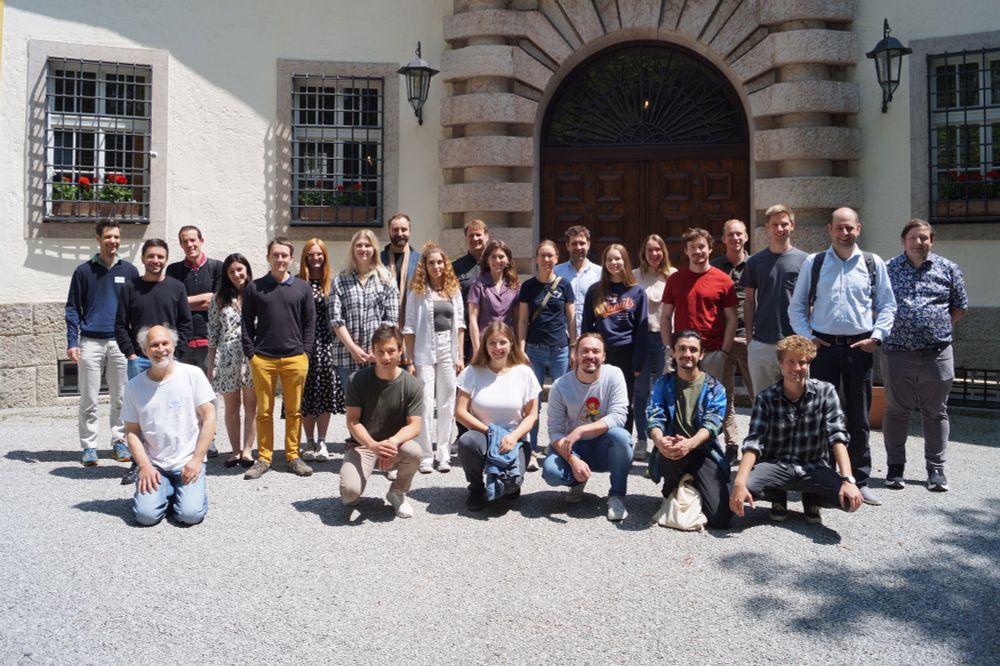
June 14, 2025 at 6:31 PM
Great science, great company and stunning views at our Lab retreat on Schloss Ringberg 🏰🧬🔬. Big thanks to our guests Sabrina Simoncelli, Sebastian Kobold, Thomas Schlichthärle, @massivephotonics.bsky.social & students from the @lfmilles.bsky.social and @mlsb-borgwardt.bsky.social Labs for joining!
To facilitate SPINNA’s widespread use in the scientific community, we offer an open-source Python implementation and a GUI available in the latest version of Picasso (github.com/jungmannlab/..., picassosr.readthedocs.io/en/latest/sp...). 7/7

May 7, 2025 at 2:43 PM
To facilitate SPINNA’s widespread use in the scientific community, we offer an open-source Python implementation and a GUI available in the latest version of Picasso (github.com/jungmannlab/..., picassosr.readthedocs.io/en/latest/sp...). 7/7
Finally, we investigate the dimerization of CD80 and PD-L1, key surface ligands involved in immune cell signaling. 6/7
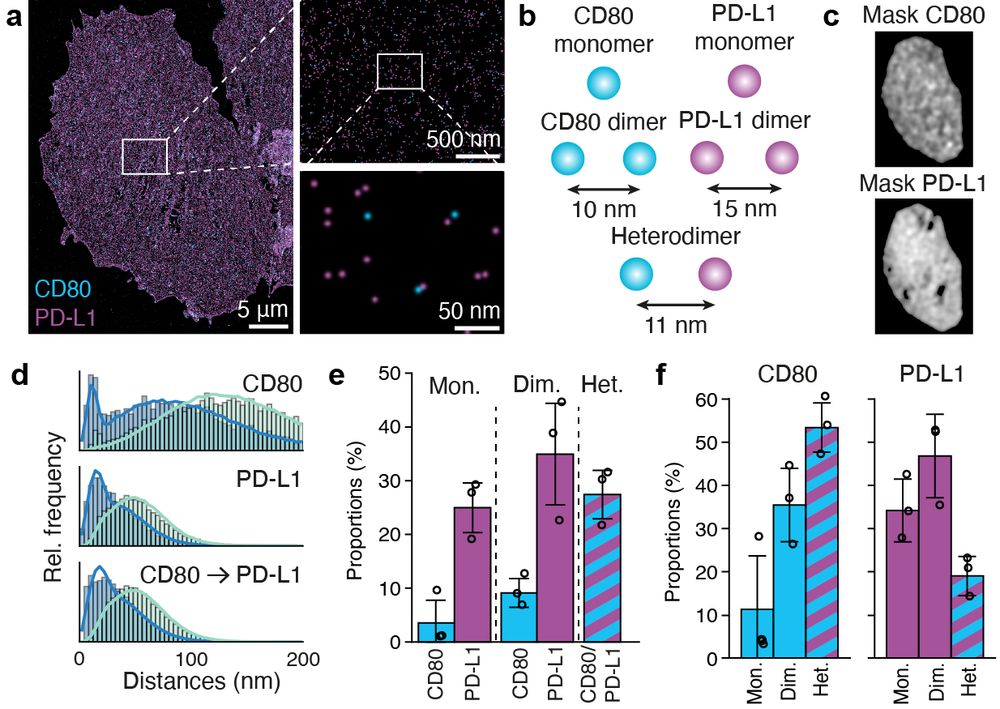
May 7, 2025 at 2:43 PM
Finally, we investigate the dimerization of CD80 and PD-L1, key surface ligands involved in immune cell signaling. 6/7
We further quantitatively evaluate the oligomerization of the Epidermal Growth Factor Receptor (EGFR) upon binding of its ligand, EGF. 5/7
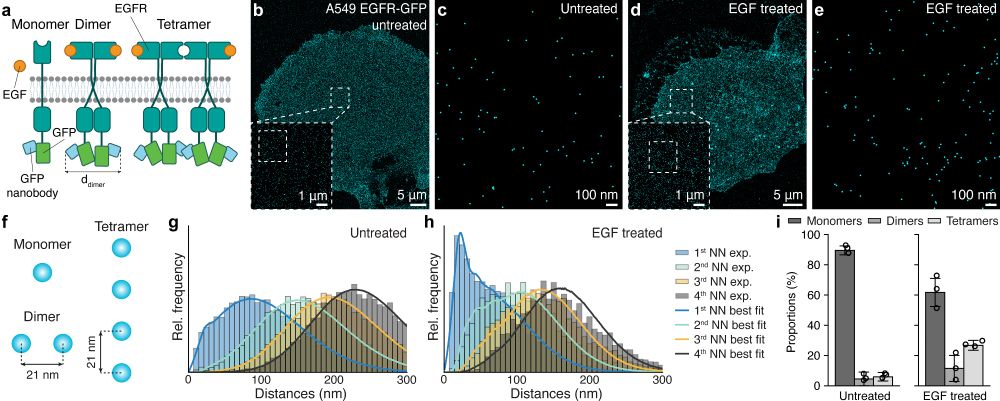
May 7, 2025 at 2:43 PM
We further quantitatively evaluate the oligomerization of the Epidermal Growth Factor Receptor (EGFR) upon binding of its ligand, EGF. 5/7
We demonstrate SPINNA in DNA-origami, showing that it can infer not only the stoichiometry of the oligomers but also different spatial conformations. 4/7
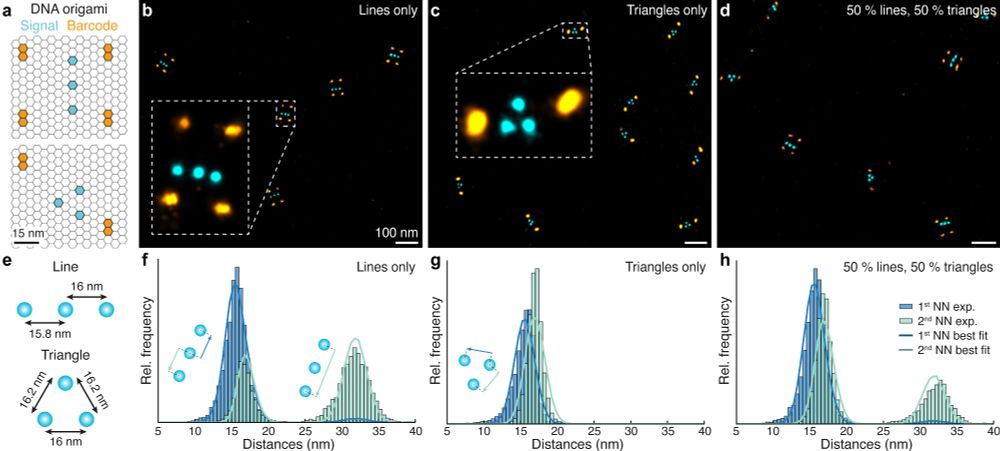
May 7, 2025 at 2:43 PM
We demonstrate SPINNA in DNA-origami, showing that it can infer not only the stoichiometry of the oligomers but also different spatial conformations. 4/7
Here, we present SPINNA (Single-Protein Investigation via Nearest Neighbor Analysis): an analysis framework that compares nearest neighbor distances from experimental single-protein data with those from realistic simulations based on a user-defined model of protein oligomerization states. 3/7
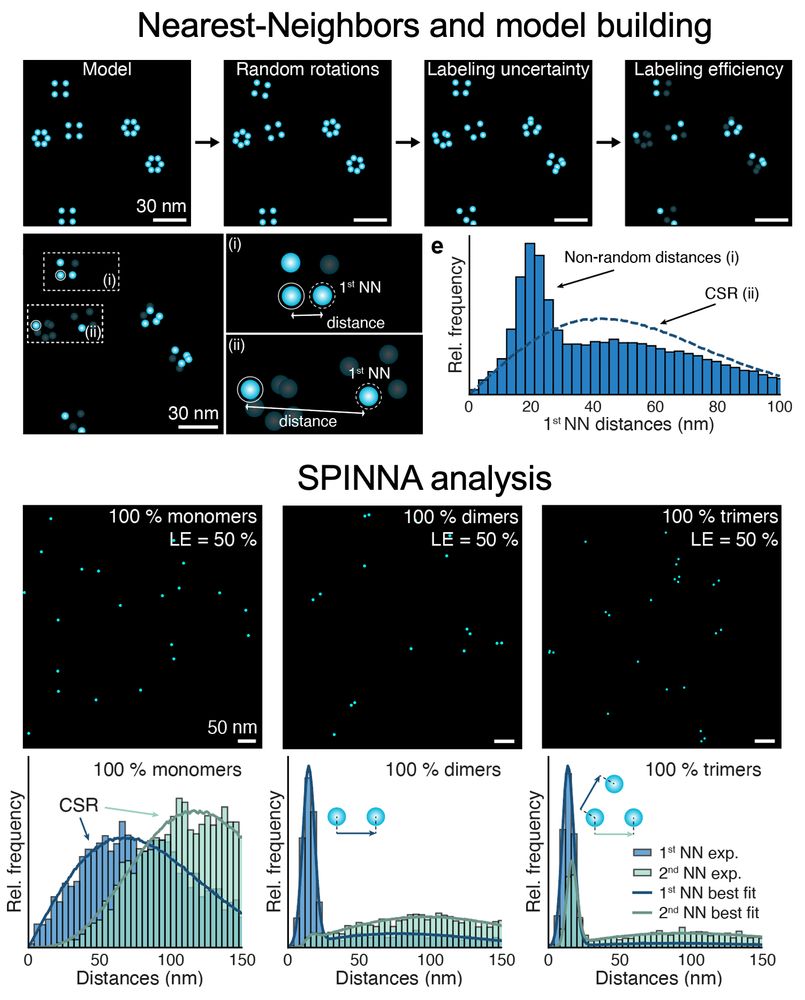
May 7, 2025 at 2:43 PM
Here, we present SPINNA (Single-Protein Investigation via Nearest Neighbor Analysis): an analysis framework that compares nearest neighbor distances from experimental single-protein data with those from realistic simulations based on a user-defined model of protein oligomerization states. 3/7
Latest advances in super-resolution microscopy (DNA-PAINT, MINFLUX, RESI) allow the study of molecular arrangements at the level of single proteins, but extracting quantitative information on the 1–20 nm scale through rigorous image analysis remains a significant challenge. 2/7

May 7, 2025 at 2:43 PM
Latest advances in super-resolution microscopy (DNA-PAINT, MINFLUX, RESI) allow the study of molecular arrangements at the level of single proteins, but extracting quantitative information on the 1–20 nm scale through rigorous image analysis remains a significant challenge. 2/7

